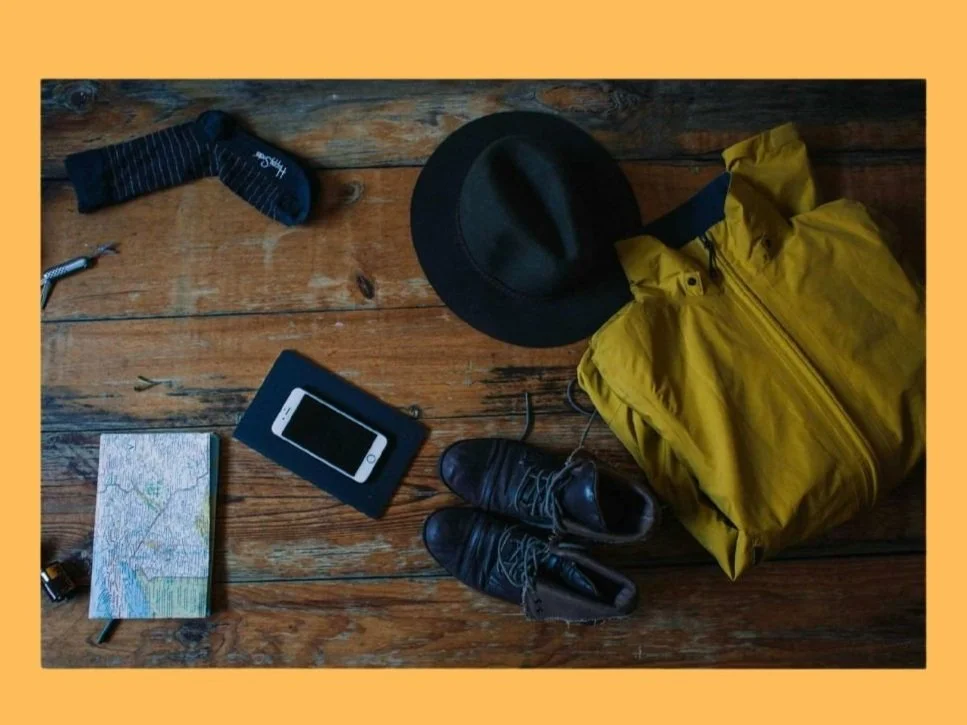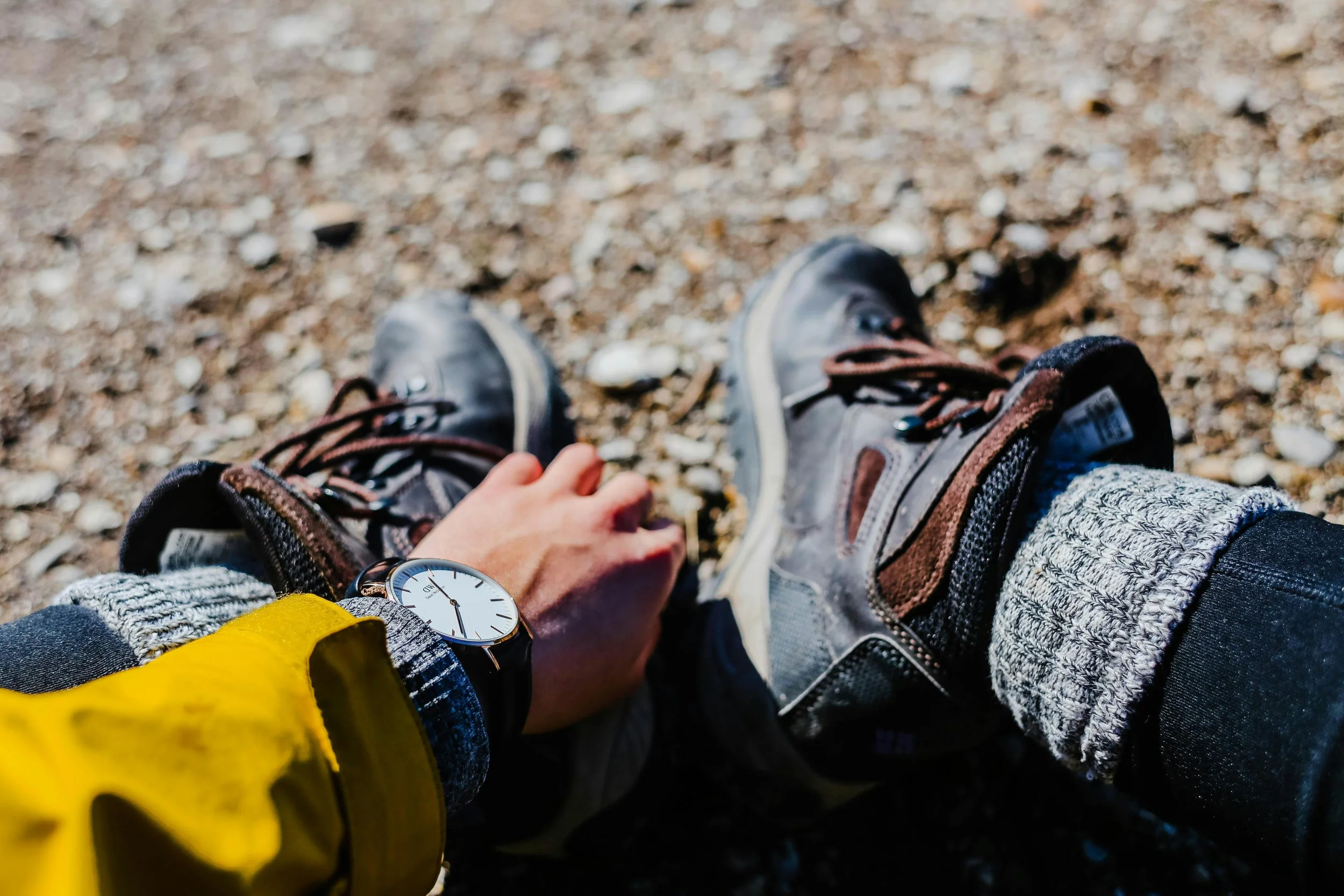Back Pain While Hiking: Key Tips for a Comfortable Trek!
DOWNLOAD AND PRINT BELOW
FREE CHECKLIST TO HELP YOU HAVE A PAIN FREE HIKE
Hiking with back pain can be challenging, but with the right approach and gear, it can be made much more comfortable. Here are some common and effective solutions for someone wanting to hike comfortably with back pain.
Choose the Right Backpack
Ergonomic Design: Opt for a backpack designed with padded, adjustable shoulder, waist, and chest straps to help distribute the load evenly across your body. A well-fitted backpack reduces the strain on your back.
Ventilated Back Panel: A lightweight backpack with a ventilated back panel can keep your back cool and reduce pressure points.
Internal Frame Support: An internal frame backpack helps stabilize the load, keeping it closer to your body and reducing strain on your lower back.
Proper Weight Distribution: Use a backpack that offers multiple compartments to distribute weight evenly. Make sure the heaviest items are closer to your back.
Use Trekking Poles
Alleviate Pressure: Trekking poles help distribute some of the weight to your arms, reducing the impact on your lower back and improving balance. They also take the strain off your knees and joints, allowing for more comfortable hiking, especially on uneven terrain.
Posture Improvement: Trekking poles can help you maintain better posture while walking, reducing slouching, which can contribute to back pain.
Keep your spine neutral: Avoid hunching or arching your back. Try to keep your spine in a neutral, upright position.
Engage your core: A strong core helps stabilize your back and reduce the load on your spine. Gently engage your abdominal muscles as you hike.
Lean slightly forward on uphill climbs: When hiking uphill, it’s natural to lean forward slightly, but avoid rounding your back. Keep your shoulders back and lean from your hips, not your waist.
Take shorter steps: Long strides can pull on your lower back muscles, so take shorter, more controlled steps to reduce strain.
Stay relaxed: Keep your shoulders relaxed and avoid tensing up your neck and upper body, which can lead to discomfort.
Wear Proper Footwear
Supportive Hiking Boots: Choose boots with good arch support and cushioning to absorb impact and provide stability. High-quality hiking boots with strong ankle support can prevent twisting and missteps that might exacerbate back pain.
Custom Insoles: If your feet or posture contribute to back issues, consider custom or orthopedic insoles to improve foot alignment and relieve strain on your back.
Focus on Core Strength
Core-Strengthening Exercises: Building a strong core can significantly reduce back pain and improve your hiking experience. Exercises like planks, bridges, and pilates-based moves help stabilize your spine and reduce pressure on your lower back.
Stretch Before and After Hiking: Stretching before and after a hike keeps your muscles flexible, reduces tension, and helps prevent flare-ups. Focus on stretches for your hamstrings, hip flexors, and lower back.
Lightening Your Load
Carry Only Essentials: Minimizing the weight of your pack is one of the best ways to hike comfortably with back pain. Pack only what you absolutely need and invest in lightweight gear.
Hydration Bladders: A hydration bladder reduces the need to carry multiple water bottles and distributes the weight evenly across your back.
Use a Back Brace
Supportive Back Braces: For those with chronic back pain, a back brace can provide additional support during hikes. Look for a lightweight, adjustable brace that offers lumbar support without restricting movement.
Take Frequent Breaks
Rest and Stretch: Taking regular breaks during your hike to rest, stretch, and adjust your pack can prevent stiffness and reduce strain. Use breaks to shift your pack around and adjust your posture.
Improve your Posture
Stay Upright: When hiking, maintaining good posture helps minimize strain on your spine. Keep your shoulders back, head up, and engage your core while walking to prevent slouching.
Lean Slightly Forward: On up hill hikes, a slight forward lean with bent knees can help alleviate strain on your lower back.
Consider Lightweight Camping Gear
If you’re going on multi-day hikes, choose lightweight camping gear like tents and sleeping bags to keep your backpack’s overall weight low. This reduces pressure on your back and helps you hike more comfortably.
Consult a Healthcare Professional
Physical Therapy: A healthcare professional or physical therapist can provide specific exercises, advice, and support for managing back pain and can help you develop a tailored hiking plan that minimizes discomfort.
By focusing on these strategies, you can significantly improve your hiking experience, reduce back pain, and make your outdoor adventures much more enjoyable.
Happy Hiking!






